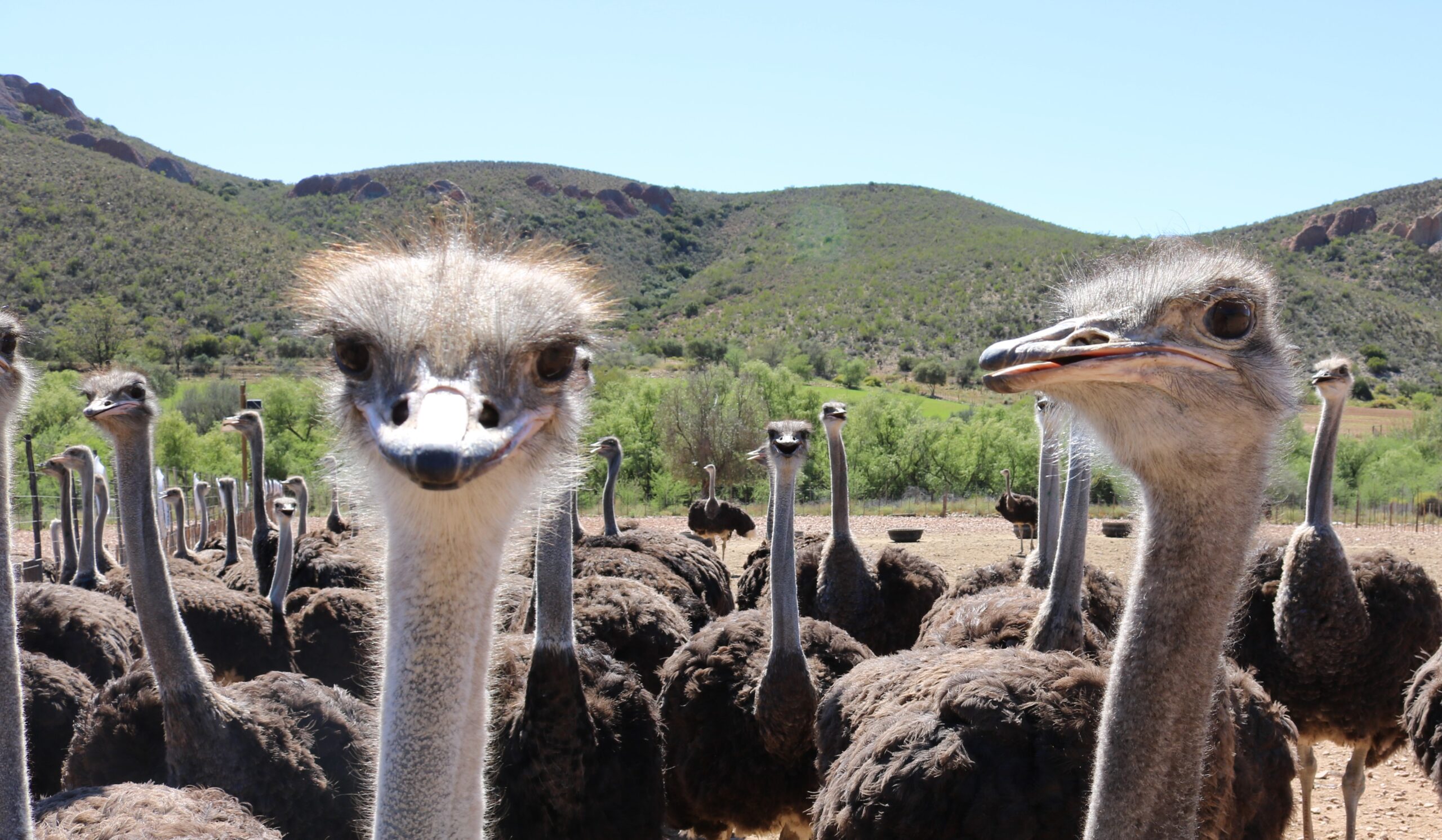
Native to the open plains and savannas of Africa, the ostrich holds the title of the world’s largest and fastest bird. Known for their towering height and impressive speed, these flightless birds can sprint at an astonishing 70 km/h (43 mph), making them the fastest land birds on the planet.
With their long, powerful legs and lightweight bodies, ostriches are built for speed. They use their strong limbs not only to evade predators but also to cover large distances in search of food. Despite their inability to fly, their wings play an important role in maintaining balance while running at such high speeds.
Ostriches are also the largest birds in the world, with males standing as tall as 9 feet (2.7 meters) and weighing up to 156 kg (345 lbs). Their eyes, the largest of any land animal, give them excellent vision, helping them spot predators from afar. Known for their small heads and long necks, ostriches can quickly shift between grazing on plants and scanning the horizon for danger.
Beyond their speed and size, ostriches have unique reproductive habits. The females lay some of the largest eggs of any bird species, with a single egg weighing around 1.4 kilograms (3 pounds) — roughly the size of two dozen chicken eggs.
Ostriches have long been a symbol of African wildlife, thriving in the continent’s varied landscapes. They remain an iconic species, showcasing the remarkable adaptations of animals in the African wilderness. Whether sprinting across the savanna or grazing in the grasslands, ostriches continue to fascinate wildlife enthusiasts and researchers alike.
